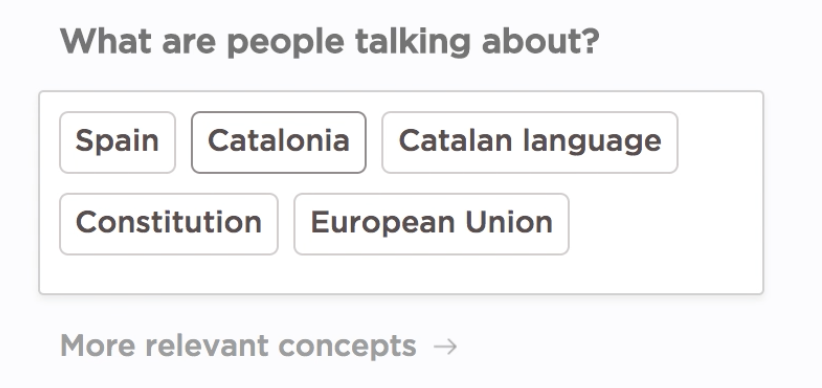A Tool to Discover the Public Opinion on Youtube
2017
Introducing a new tool that uses textual analysis of YouTube content (both the video and the comments) in order to have a better understanding on: a) What is the conversation around a specific issue? b) What are the key pieces of content that are representative and matter? c) How different locations and channels address the same issues? d) Who are the relevant stakeholders/users?
Process Overview
The idea
YouTube has exceeded its basic goal of becoming a video-sharing platform. Today, this network is used by millions of people to share and digest videos, as well as expressing their personal opinions and ideas. Traditional media outlets are also joining this platform and creating unique content, in order to reach a wider and diverse audience. Thus, YouTube is now the place where the public opinion is formed and expressed both visually and textually.
While the current YouTube platform provides rudimental filters for content discovery based on basic parameters (upload date, view count, or rating), it does not implement human-centered parameters based on textual information for in-depth content discovery – which could make mere video shift to an informative piece of content.
Comparing opinions worldwide - anytime
Learn what content creators think about a specific issue in different areas of the world and different times. This tool allows users to compare side-by-side different queries, i.e.: "What do people think about the new iPhone? (MA vs CA)"
The Youtube Data API allows to fetch videos filtering location and time.
Learning the tone of the conversation - Creators vs public
Creators and viewers sometimes agree or disagree about a specific issue. We collect the creators' views (YouTubers) and the viewers; views (comments) and we compare them in order to analyze what's the tone of the conversation.
For this example (image on the left), you can see how creators/viewers differ about the "Independence of Catalonia (Spain)".
What are they talking about? Who are the relevant stakeholders/users?
Development
This website has been built using Node JS. In order to fetch the YouTube videos, I have used the YouTube Data API. To analyze the text, I have used Python 2.7 with NLTK and I have also used the IBM Cloud service (NLU) for some specific cases.




